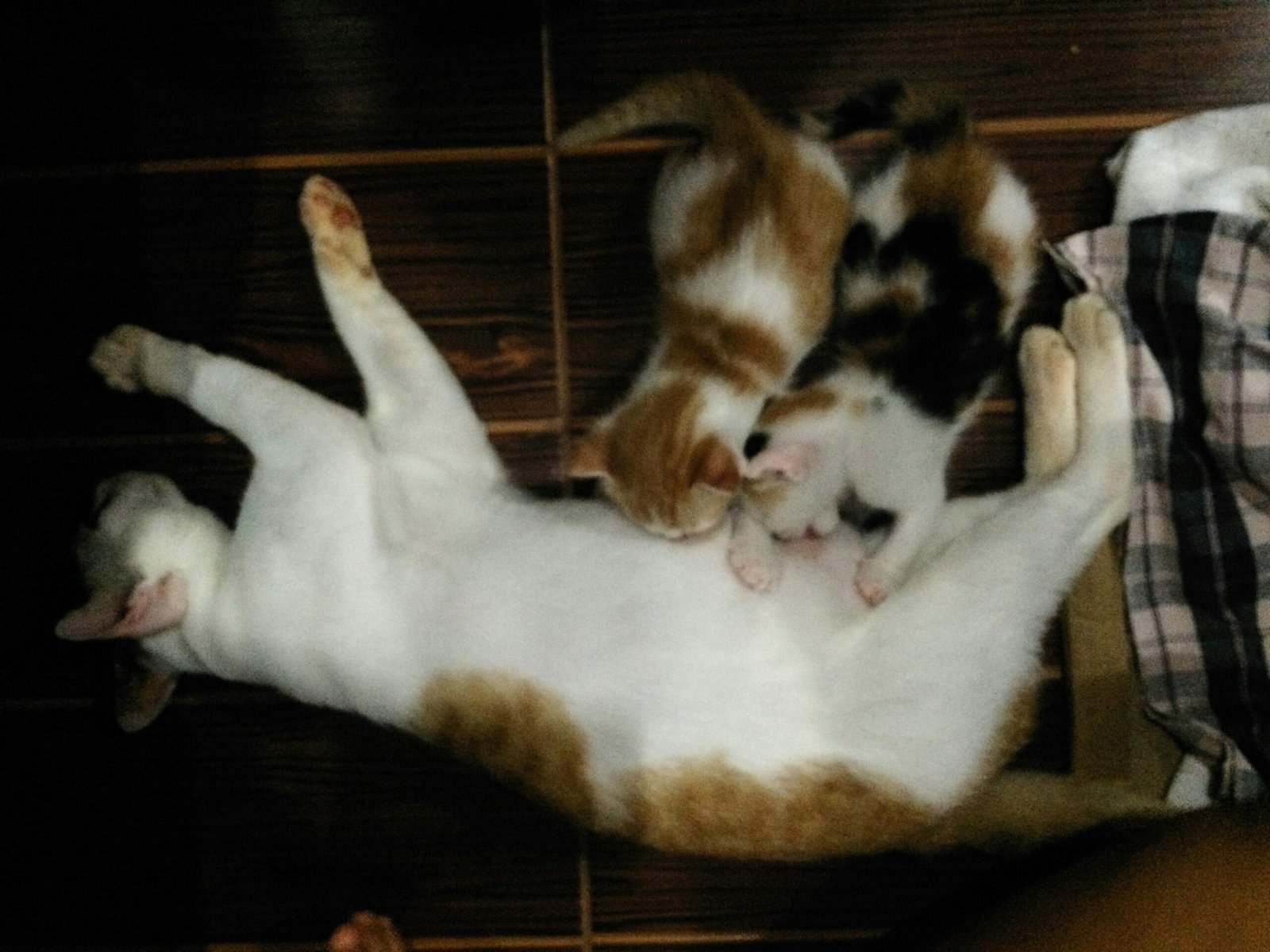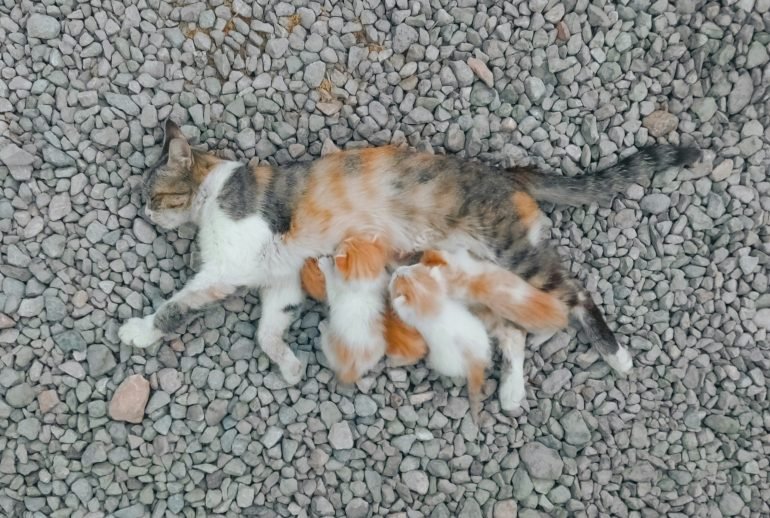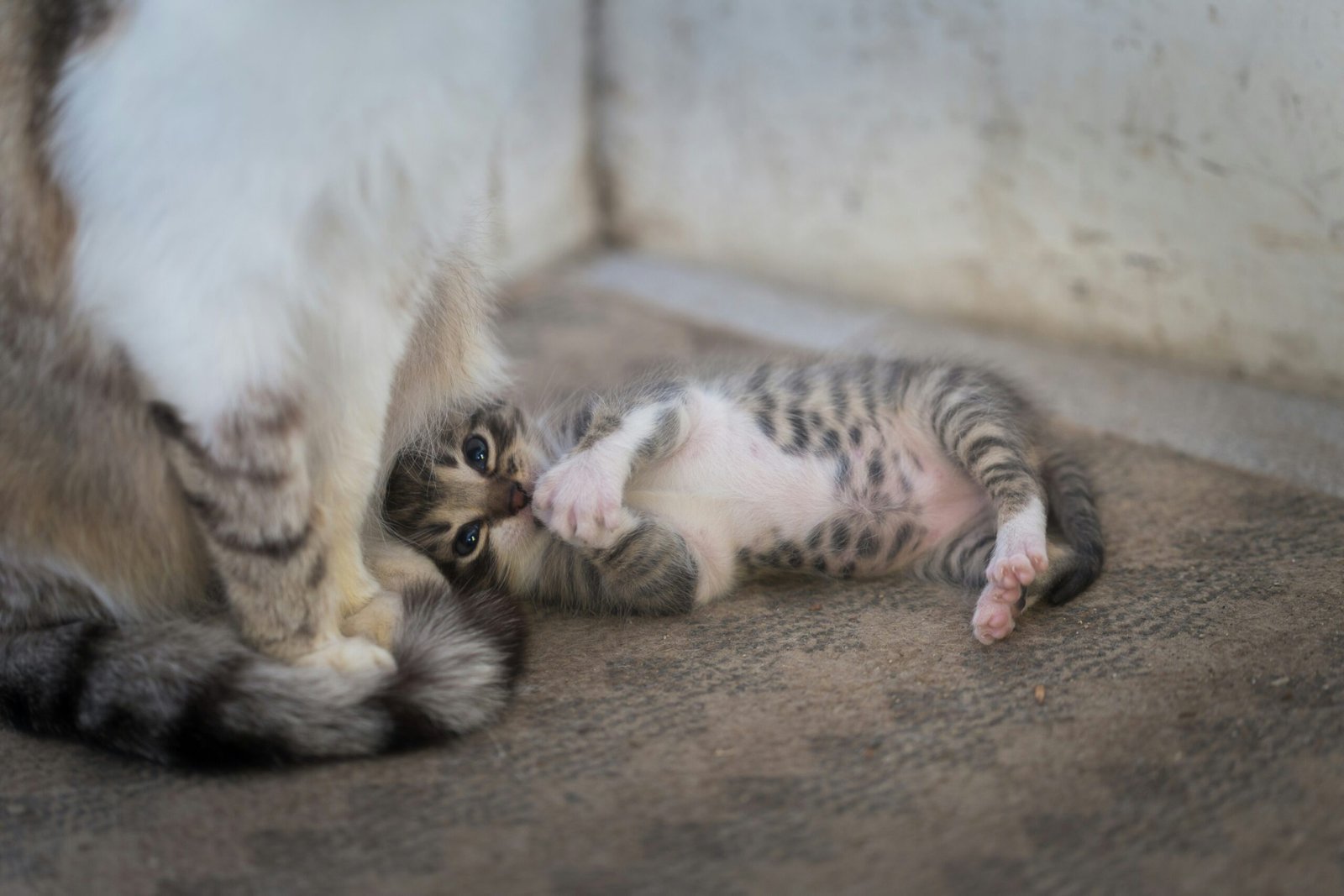Understanding the pregnant cat stages is an essential journey for any pet owner whose feline friend is expecting. This remarkable period, typically lasting about 63 to 65 days, or roughly nine weeks, is a fascinating chronicle of rapid development for the unborn kittens and profound transformation for the queen (a term for a pregnant female cat). By closely observing the week-by-week physical and behavioral shifts, you can provide the best possible care, ensuring a smooth and healthy progression from conception to birth. This guide will walk you through the intricate pregnant cat stages, offering a comprehensive look at what to expect.
The First Trimester: Weeks 1-3
In the very early pregnant cat stages, you are unlikely to notice any significant outward changes in your cat. Internally, however, a biological marvel is unfolding.
Week 1: Following successful mating, fertilization occurs. The fertilized eggs, now embryos, begin their journey to the uterus. Your cat will appear and behave completely normally. Her appetite, energy levels, and affectionate nature will likely remain unchanged.
Week 2: The embryos will implant themselves into the lining of the uterine horns. At this point, they are still minuscule, and there are still no visible signs of pregnancy. It’s a quiet but crucial phase of development.
Week 3: This is often the first point where subtle signs might emerge. One of the most classic early indicators of the pregnant cat stages is a change in the nipples. Around the 21-day mark, you may observe them becoming enlarged and rosier in color, a phenomenon often referred to as “pinking up.” This is in preparation for nursing her future litter. Behaviorally, some queens may start to exhibit a slight increase in affection, seeking more attention and lap time. Conversely, a small number might become a bit more withdrawn. You might also notice a slight decrease in her interest in going into heat, which is a strong indicator if her cycles are typically regular.

The Second Trimester: Weeks 4-6
The midpoint of the pregnancy is when the changes become more apparent. The developing kittens are growing rapidly, and your cat’s body will begin to visibly adapt to accommodate them.
Week 4: As the fetal development accelerates, your queen’s appetite will likely start to increase. You may need to begin offering her more food, preferably a high-quality kitten or growth formula, to meet her rising nutritional demands. Some cats experience a form of “morning sickness” around this time, which might lead to occasional vomiting or a temporary decrease in appetite. This is usually mild and short-lived. A veterinarian can now often confirm the pregnancy by gently palpating your cat’s abdomen to feel for the developing fetuses. This is a delicate procedure that should only be performed by a professional.
Week 5: This is a period of significant growth. Your cat’s abdomen will start to become noticeably swollen and rounded as the kittens increase in size. Her weight gain will become more evident. From a veterinary standpoint, an ultrasound can now not only confirm the pregnancy but also detect the kittens’ heartbeats, offering a reassuring sign of their viability. The number of kittens, however, can still be difficult to determine accurately with this method alone. This is a key point in the pregnant cat stages for veterinary consultation.
Week 6: The rapid growth continues. Her abdomen will be quite firm and large now. Her increased size may lead to a change in her gait, and she might start to waddle slightly. Her appetite should be robust, and she will need consistent access to food and water. This is an important phase in the pregnant cat stages where providing adequate nutrition is paramount for the health of both the mother and her developing litter. Behaviorally, she may begin to seek out quiet and comfortable spots to rest more frequently.
The Third Trimester: Weeks 7-9
The final stretch of the journey is marked by final preparations for birth and the most dramatic physical and behavioral changes. These final pregnant cat stages are a time for vigilance and providing a supportive environment.
Week 7: Nesting behavior typically begins in earnest during this week. Your queen will start actively searching for a safe, quiet, and secluded place to give birth. You may find her exploring closets, drawers, or quiet corners of the house. To assist her, you can provide a “nesting box” – a cardboard box with low sides, lined with soft blankets or towels, placed in a warm and undisturbed area. Her movements might become more cumbersome, and she will likely be sleeping for longer periods.
Week 8: By now, your cat will look unmistakably pregnant. Her mammary glands will be significantly enlarged, and you may even be able to gently feel the kittens moving in her abdomen when she is relaxed. Her appetite might fluctuate; as the kittens take up more abdominal space, there is less room for a full stomach, so offering smaller, more frequent meals can be beneficial. Grooming her hindquarters may become difficult, so she might appreciate gentle assistance. Observing these late pregnant cat stages is crucial for anticipating the impending birth.
Week 9: The final countdown has begun. Labor is imminent. In the last few days, you may notice a milky discharge from her nipples as her body prepares for nursing. Her appetite will likely decrease significantly in the 24-48 hours before labor. A key sign to watch for is a drop in her rectal temperature from the normal 101-102.5°F (38.3-39.2°C) to below 100°F (37.8°C), which usually signals that labor will begin within 12-24 hours.
Behaviorally, she may become more restless, pacing, and more vocal, with increased meowing or purring. She will likely make frequent trips to her nesting box, arranging the bedding to her liking. She may also become extremely affectionate, seeking constant reassurance, or conversely, she may prefer to be left alone. This variability is a normal part of the final pregnant cat stages.
Labor and Delivery: The Culmination of the Pregnant Cat Stages
The birthing process itself has three stages. The first stage involves restlessness and contractions, which are not always visible. The second stage is the active delivery of the kittens, and the third stage is the expulsion of the placenta for each kitten. It’s important to monitor her from a distance to ensure everything is progressing smoothly, but avoid interfering unless absolutely necessary.
By understanding the week-by-week progression of the pregnant cat stages, you can provide the tailored care your queen needs. From dietary adjustments to creating a safe birthing environment, your knowledge of the pregnant cat stages empowers you to be a supportive partner in this incredible natural process. Always maintain open communication with your veterinarian throughout the pregnancy to address any concerns and ensure the healthiest possible outcome for both mother and her new arrivals.
The journey through the pregnant cat stages is a rewarding experience that deepens the bond with your feline companion. Recognizing the nuances of the pregnant cat stages is key to a successful and stress-free experience. As you navigate the various pregnant cat stages, remember that each cat is an individual, and there may be slight variations. However, this guide provides a solid framework for what to anticipate during these crucial pregnant cat stages. Your attentiveness during these pregnant cat stages will make all the difference.
Follow Me Now!



